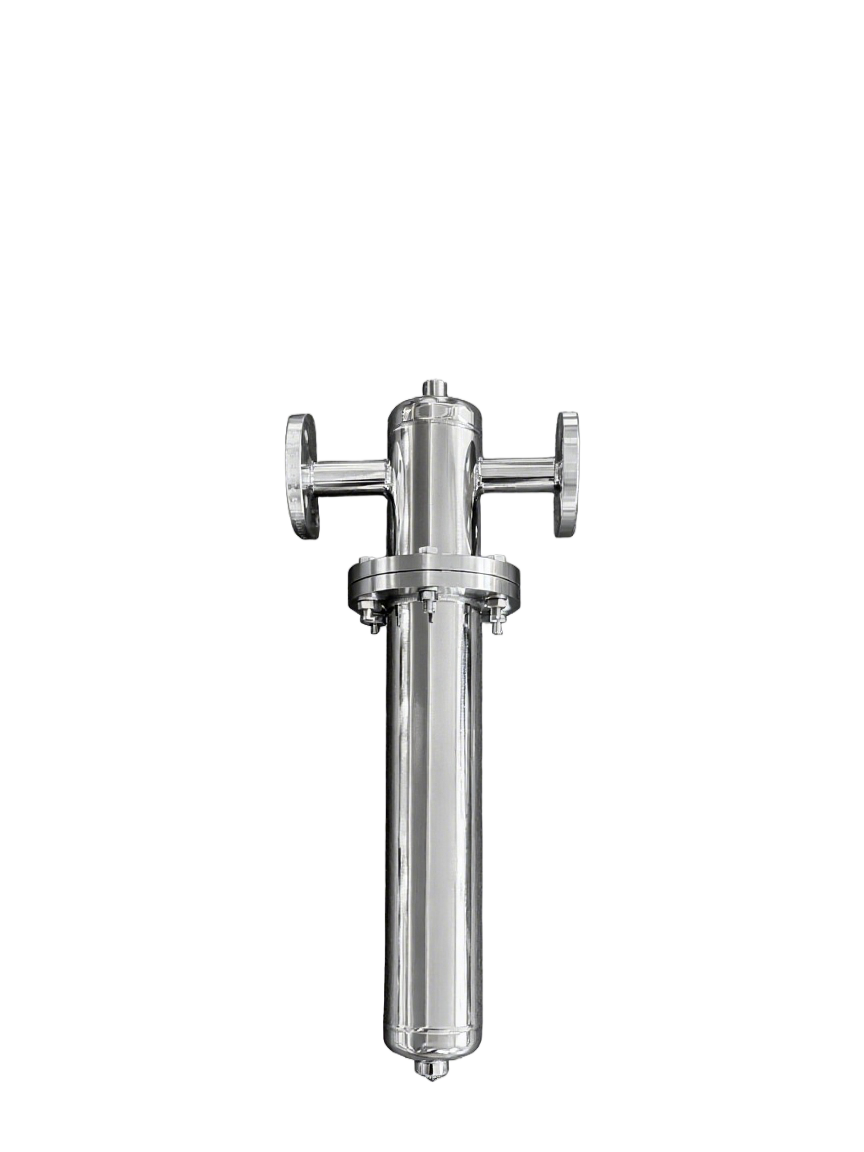Manufacturing process of communication connector outer shell
Communication connectors play a crucial role in enabling seamless data transmission and connectivity in various electronic devices. While the inner components of these connectors are vital, the outer shell also plays a significant role in ensuring durability, protection, and efficient performance. In this blog post, Rui Pu Luo will delve into the manufacturing process of communication connector outer shells, exploring the materials used, design considerations, and the step-by-step production process. By understanding the intricacies involved in manufacturing these outer shells, we can gain a deeper appreciation for the technology that keeps us connected in today's digital world.
I. Importance of Communication Connector Outer Shells
1. Protection: The outer shell acts as a protective barrier, safeguarding the delicate inner components from environmental factors such as moisture, dust, and physical damage.
2. Durability: Communication connectors are often subjected to frequent plugging and unplugging, making it crucial for the outer shell to withstand these repetitive actions without compromising performance.
3. Electrical Shielding: Outer shells can provide electromagnetic interference (EMI) shielding, preventing signal interference and ensuring reliable data transmission.
II. Materials Used in Manufacturing Communication Connector Outer Shells
The choice of materials for communication connector outer shells is critical, as it directly impacts the performance and durability of the connectors. Commonly used materials include:
1. Metal Alloys: Aluminum, stainless steel, and zinc alloys are popular choices due to their strength, corrosion resistance, and ability to dissipate heat effectively.
2. Thermoplastics: Engineering-grade thermoplastics, such as polycarbonate (PC) and polybutylene terephthalate (PBT), offer excellent mechanical properties, chemical resistance, and ease of molding.
3. Composite Materials: Fiber-reinforced composites, such as glass fiber or carbon fiber-reinforced polymers, provide high strength-to-weight ratios, making them suitable for demanding applications.
4. Elastomers: Rubber or elastomeric materials, like silicone or thermoplastic elastomers (TPE), are used for sealing and providing flexibility to the outer shell.
The selection of materials depends on various factors, including the intended application, environmental conditions, and cost considerations.

III. Design Considerations for Communication Connector Outer Shells
Designing communication connector outer shells involves careful consideration of several factors to ensure optimal functionality and compatibility. Key design considerations include:
1. Form Factor: The outer shell design should align with the connector's form factor, ensuring compatibility with existing devices and industry standards.
2. Ergonomics: The outer shell should be designed for ease of handling, allowing users to plug and unplug connectors effortlessly.
3. Environmental Protection: The design should incorporate features such as sealing gaskets or IP-rated enclosures to protect against moisture, dust, and other environmental factors.
4. EMI Shielding: If required, the outer shell design should include provisions for effective EMI shielding, minimizing signal interference.
5. Heat Dissipation: In high-power applications, the outer shell design should facilitate efficient heat dissipation to prevent overheating and ensure optimal performance.
6. Assembly and Manufacturing: The design should consider ease of assembly, allowing for efficient manufacturing processes and reducing production costs.
By carefully considering these design aspects, manufacturers can create communication connector outer shells that meet the specific requirements of various applications.
IV. Step-by-Step Manufacturing Process of Communication Connector Outer Shells
The manufacturing process of communication connector outer shells typically involves several steps, including:
1. Design and Prototyping: The process begins with designing the outer shell using computer-aided design (CAD) software. Prototypes are then created to validate the design and make any necessary adjustments.
2. Material Preparation: Once the design is finalized, the chosen materials are prepared for the manufacturing process. This may involve cutting, molding, or extruding the materials into the desired shape and size.
3. Injection Molding: Injection molding is a widely used manufacturing method for thermoplastics. The prepared material is melted and injected into a mold cavity, where it takes the shape of the outer shell. After cooling, the shell is ejected from the mold.
4. Die Casting or Stamping: Metal alloys are often manufactured using die casting or stamping processes. Die casting involves injecting molten metal into a mold cavity, while stamping uses a press to shape the metal into the desired form.
5. Surface Treatment: Surface treatment processes, such as polishing, sandblasting, or anodizing, may be applied to enhance the appearance, durability, and corrosion resistance of the outer shell.
6. Assembly: Once the outer shells are manufactured, they are assembled with the inner components of the communication connectors. This may involve soldering, welding, or mechanical fastening techniques.
7. Quality Control: Throughout the manufacturing process, quality control measures are implemented to ensure that the outer shells meet the required specifications. This includes dimensional checks, visual inspections, and functional testing.
Conclusion
The manufacturing process of communication connector outer shells is a complex and intricate procedure that requires careful consideration of materials, design aspects, and production techniques. By understanding this process, we can appreciate the engineering and craftsmanship that goes into creating these essential components. The outer shells not only provide protection and durability but also contribute to the overall performance and reliability of communication connectors. As technology continues to advance, manufacturers will continue to innovate and refine the manufacturing process, ensuring that communication connectors meet the ever-growing demands of our interconnected world.
https://www.rplmachining.com/Manufacturing-process-of-communication-connector-outer-shell.html
Rui Pu Luo
ruipuluo_wyh2017@163.com



